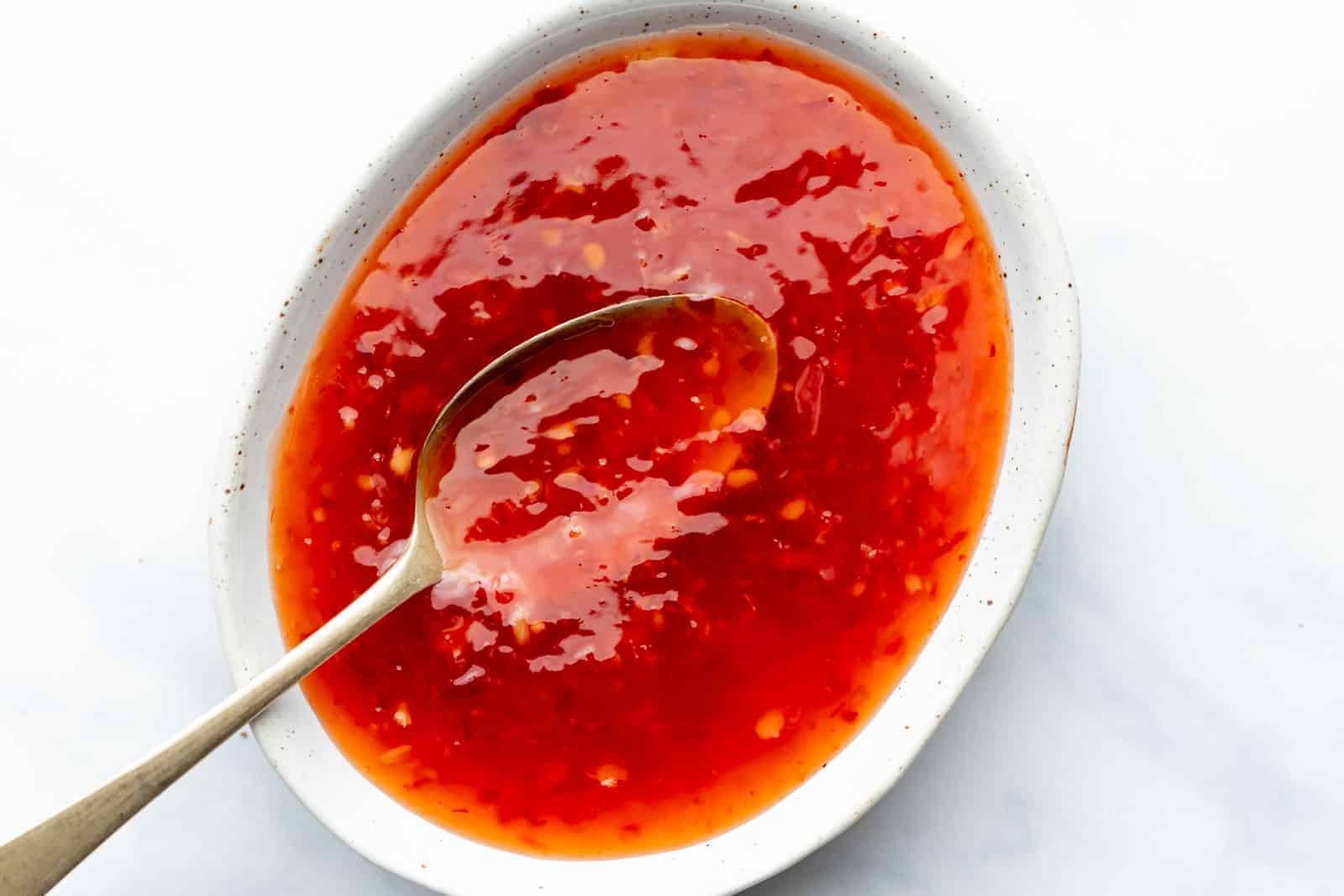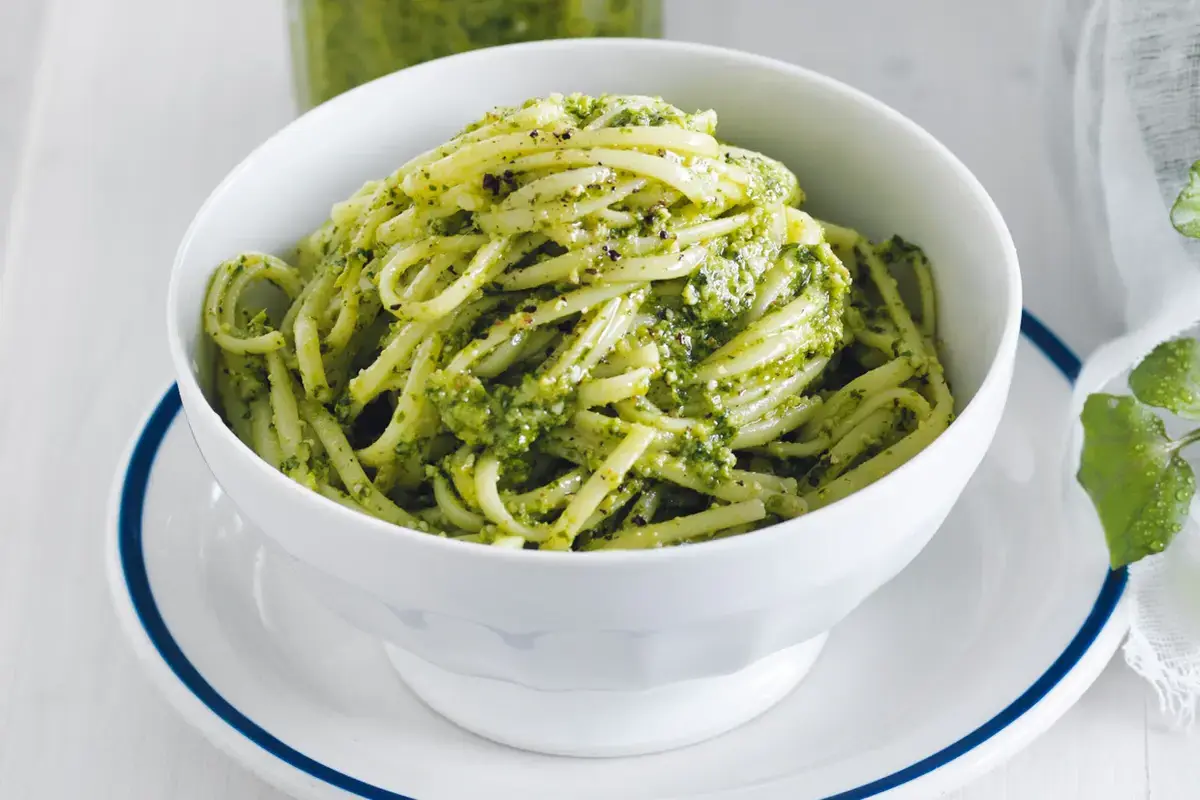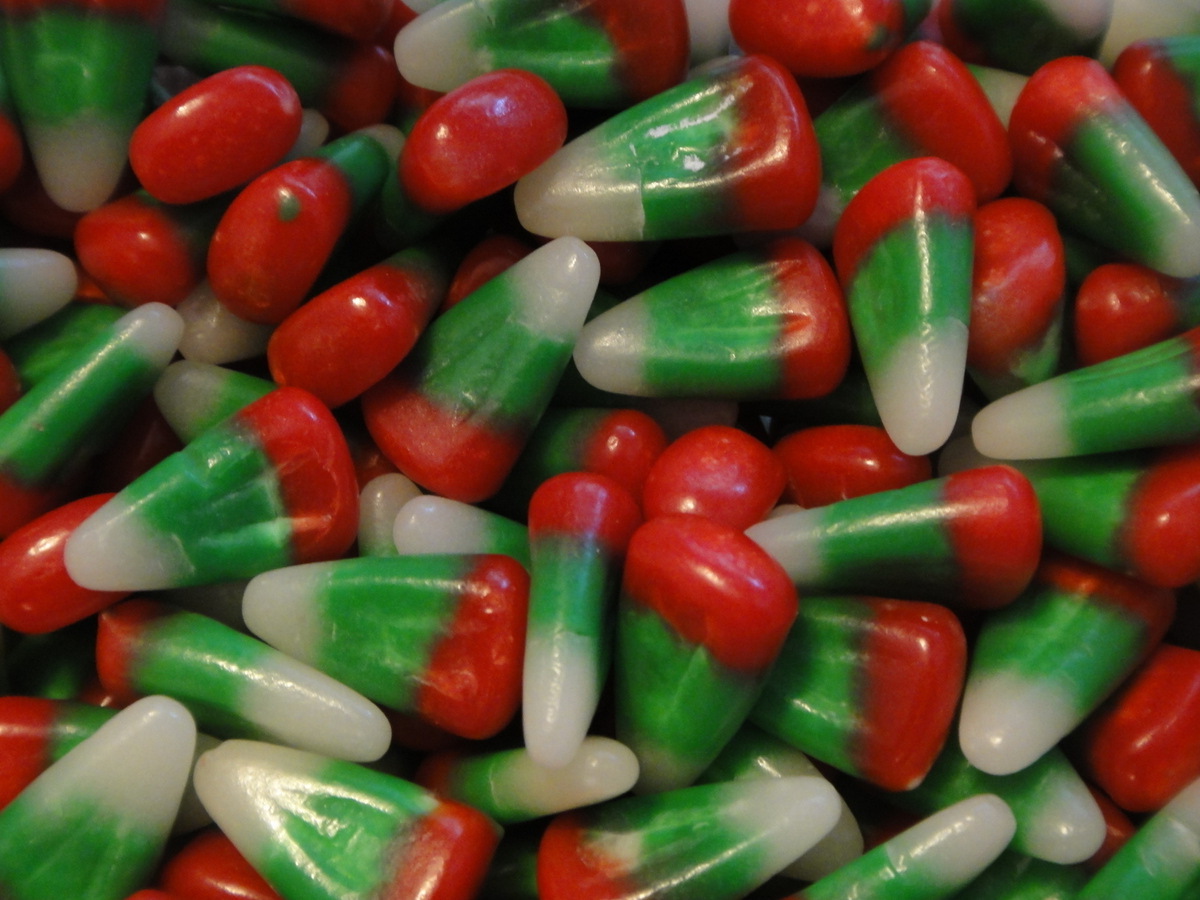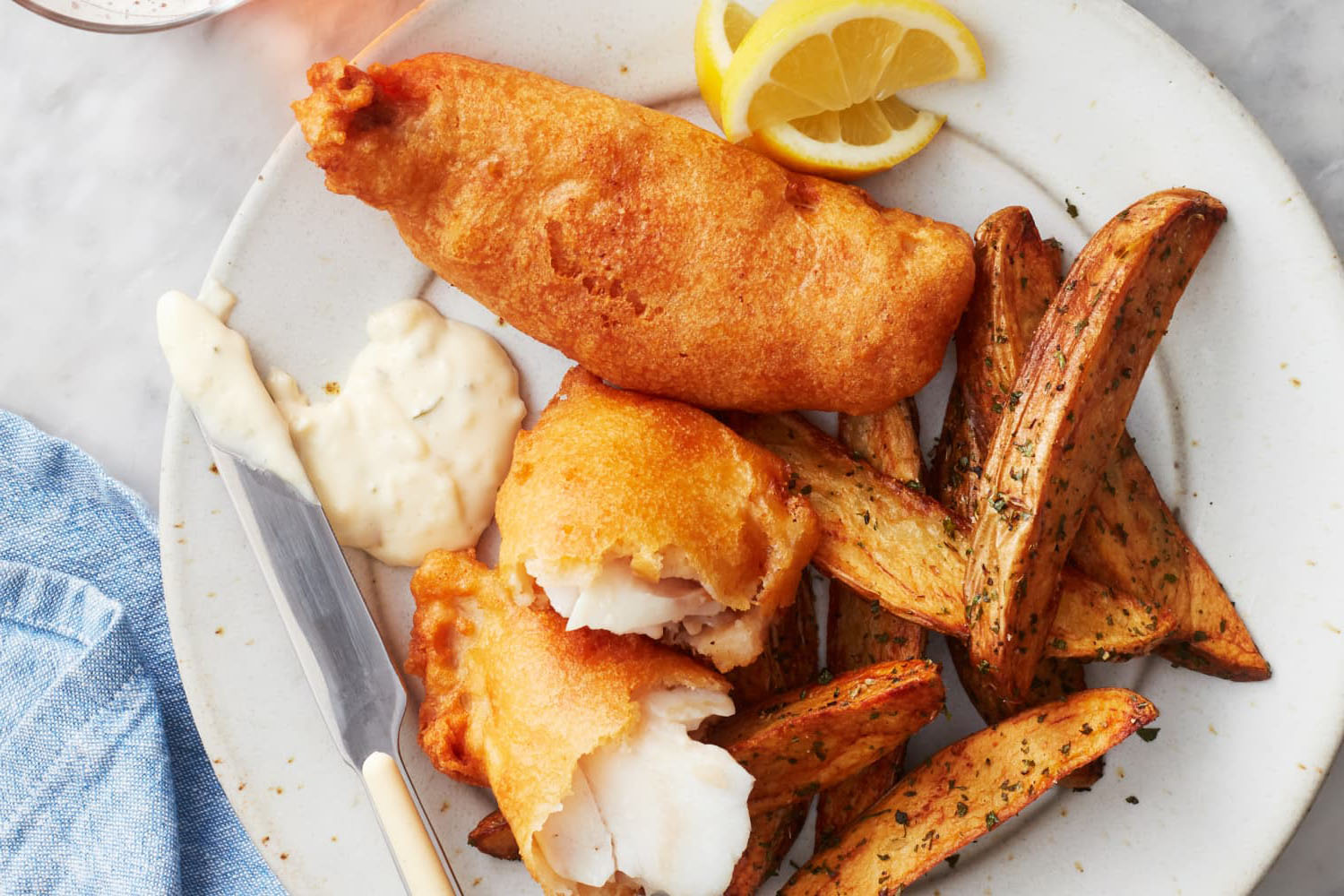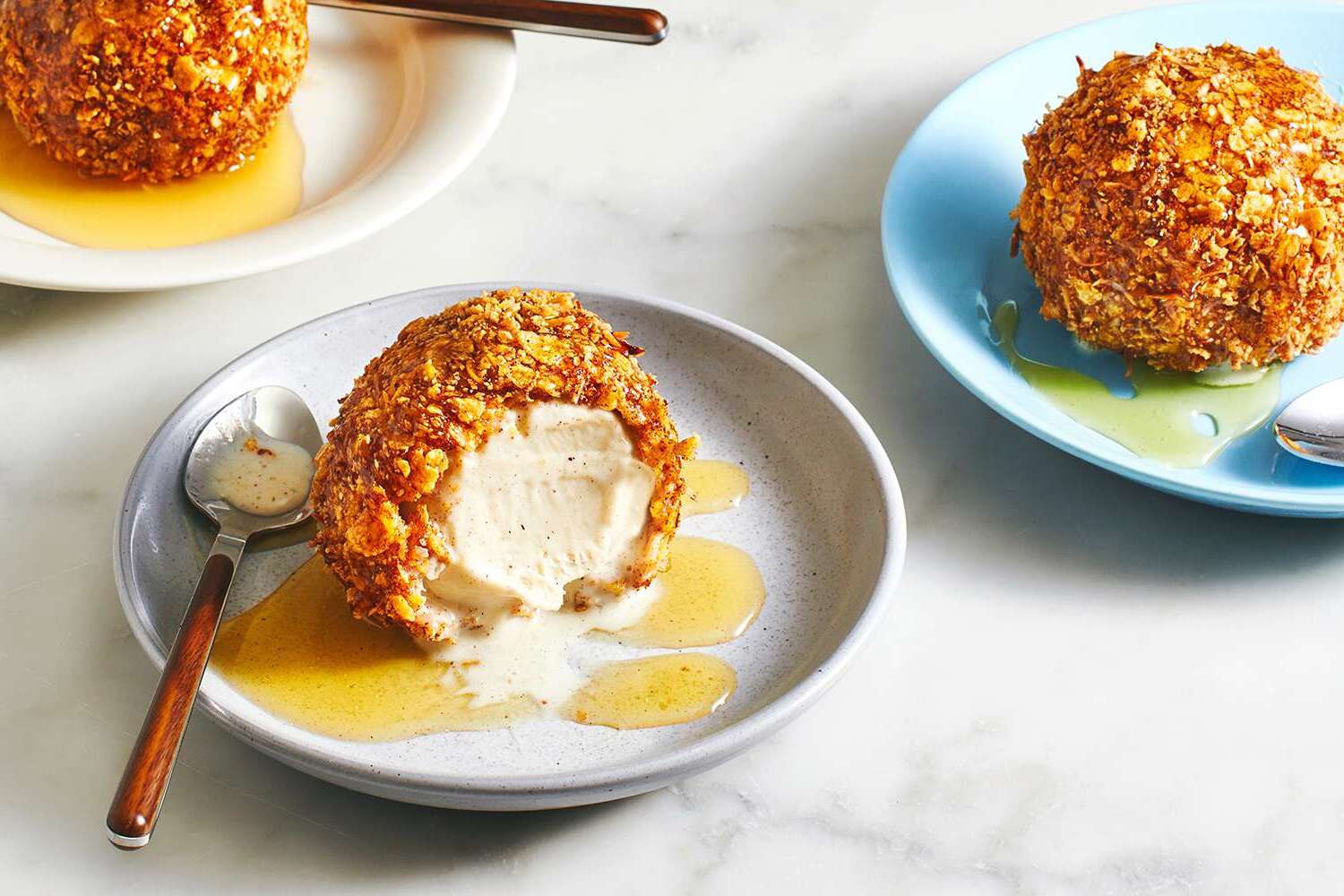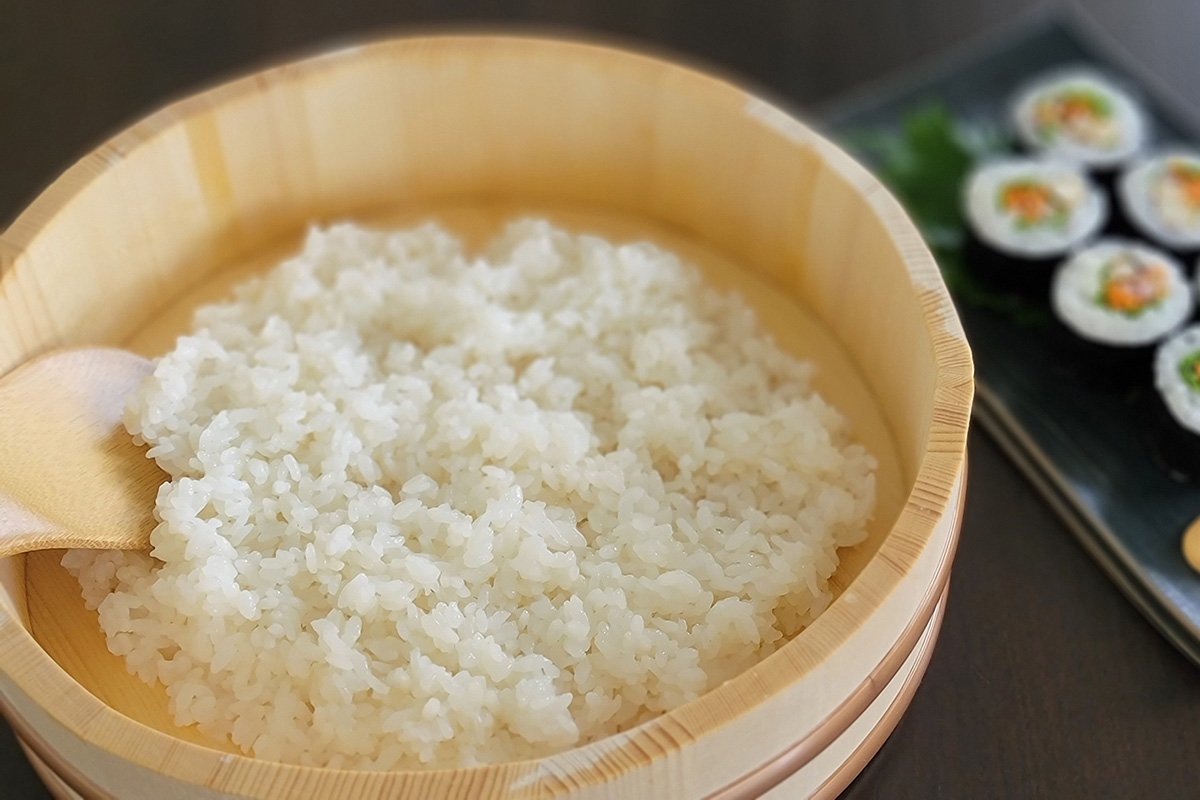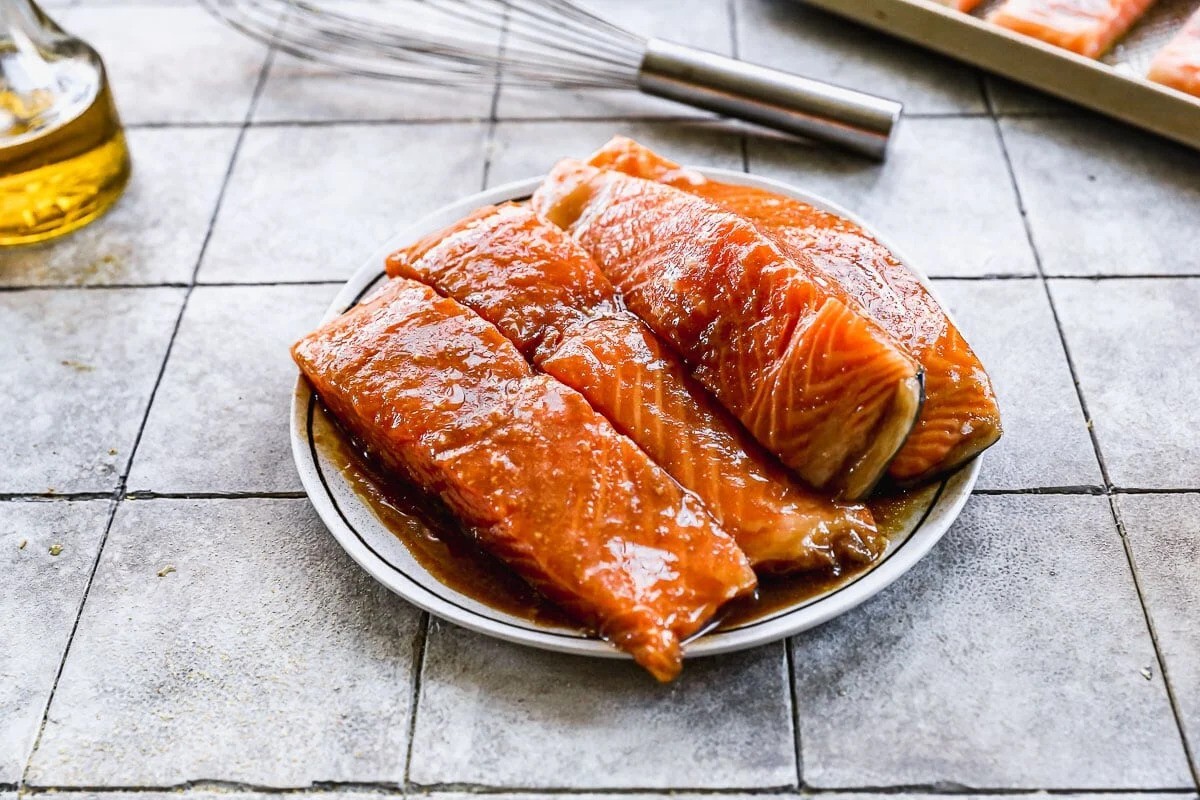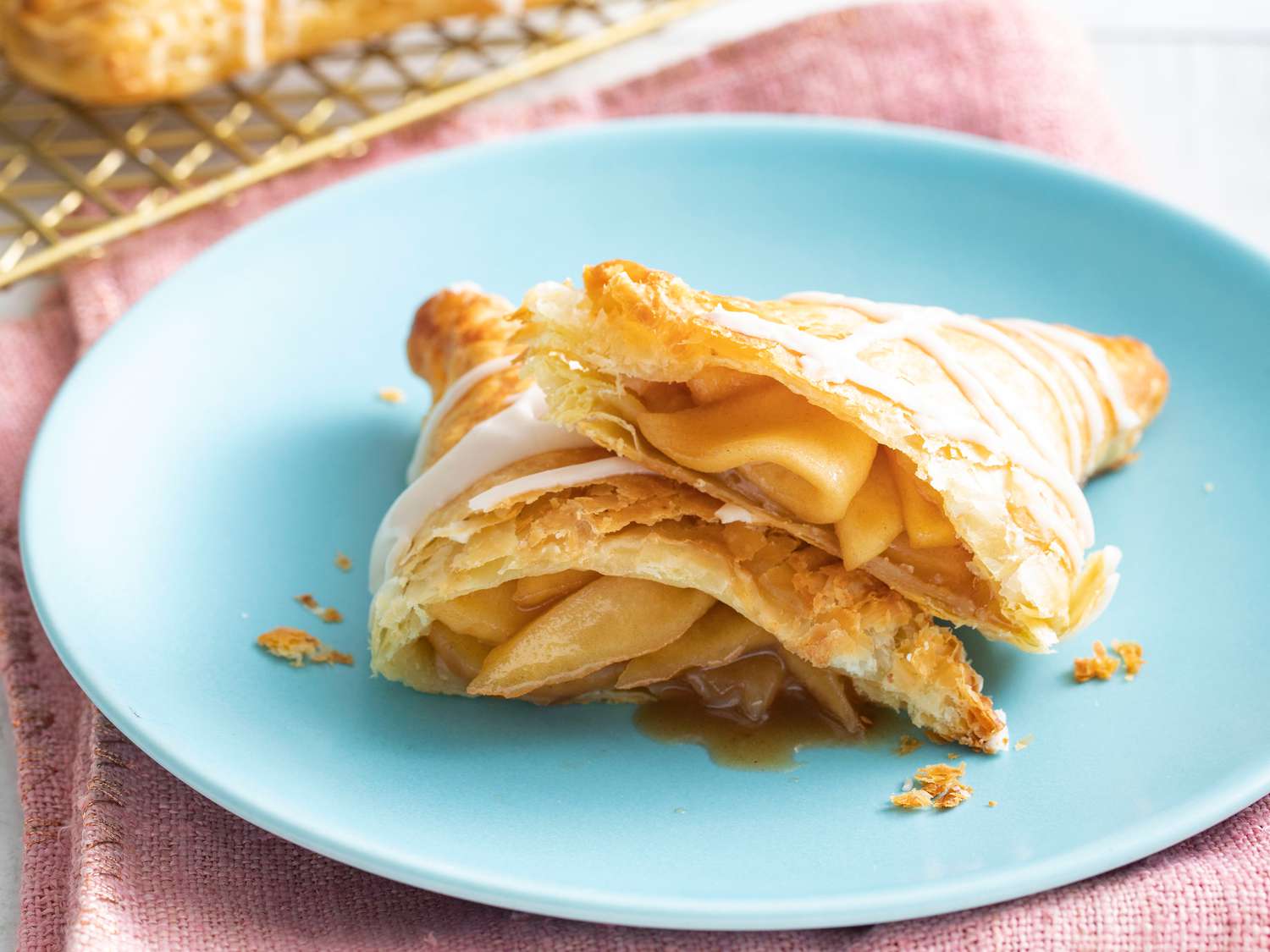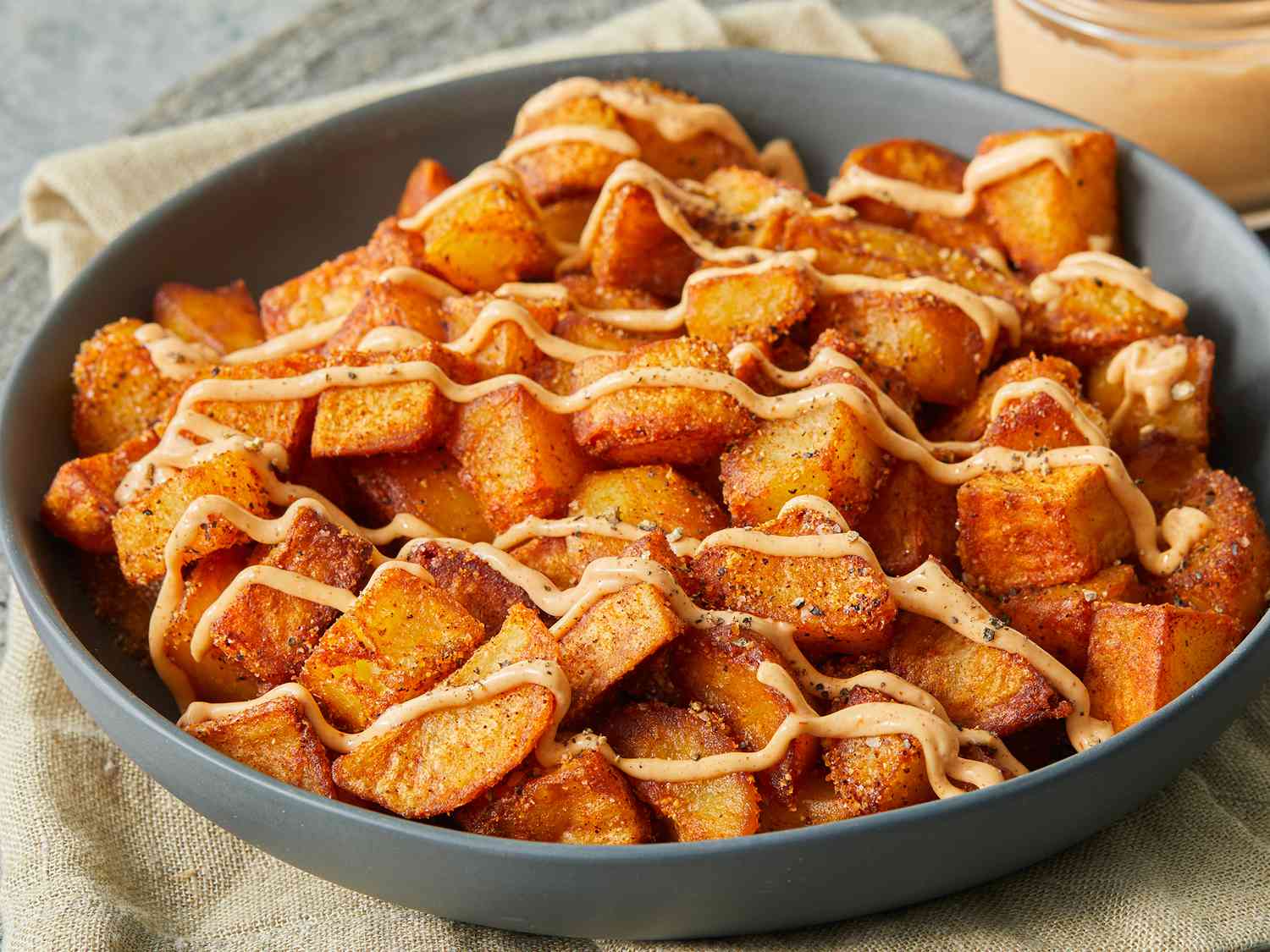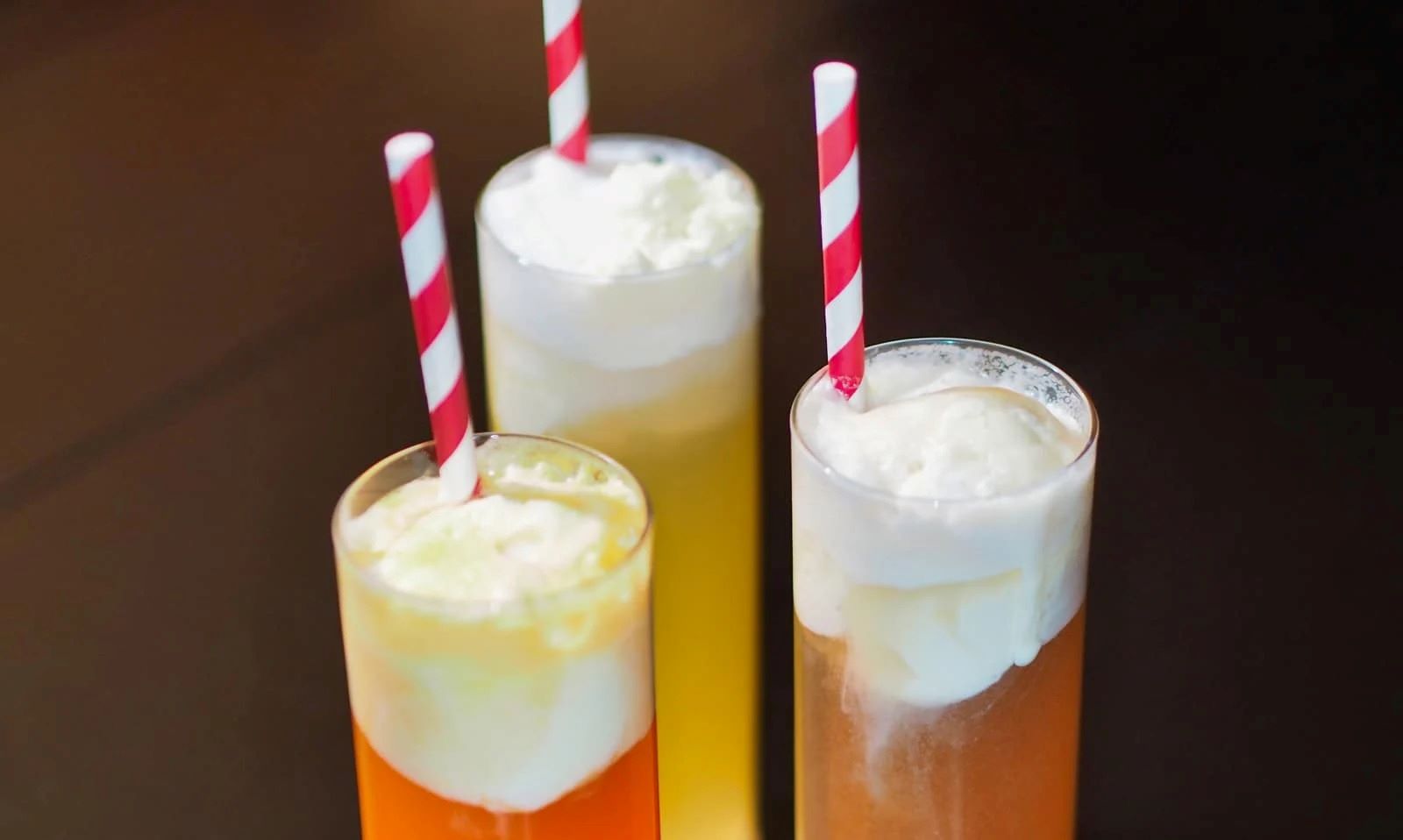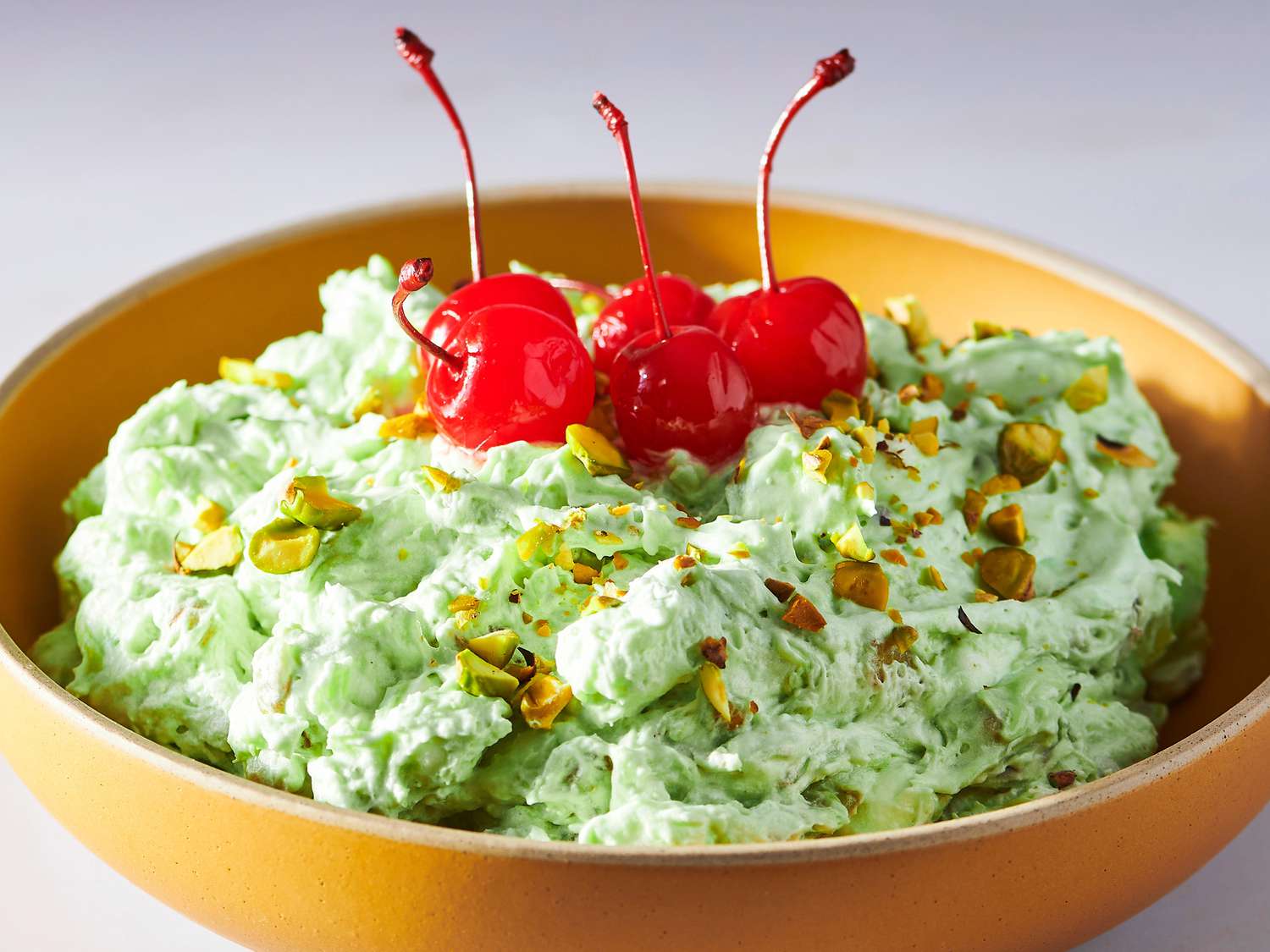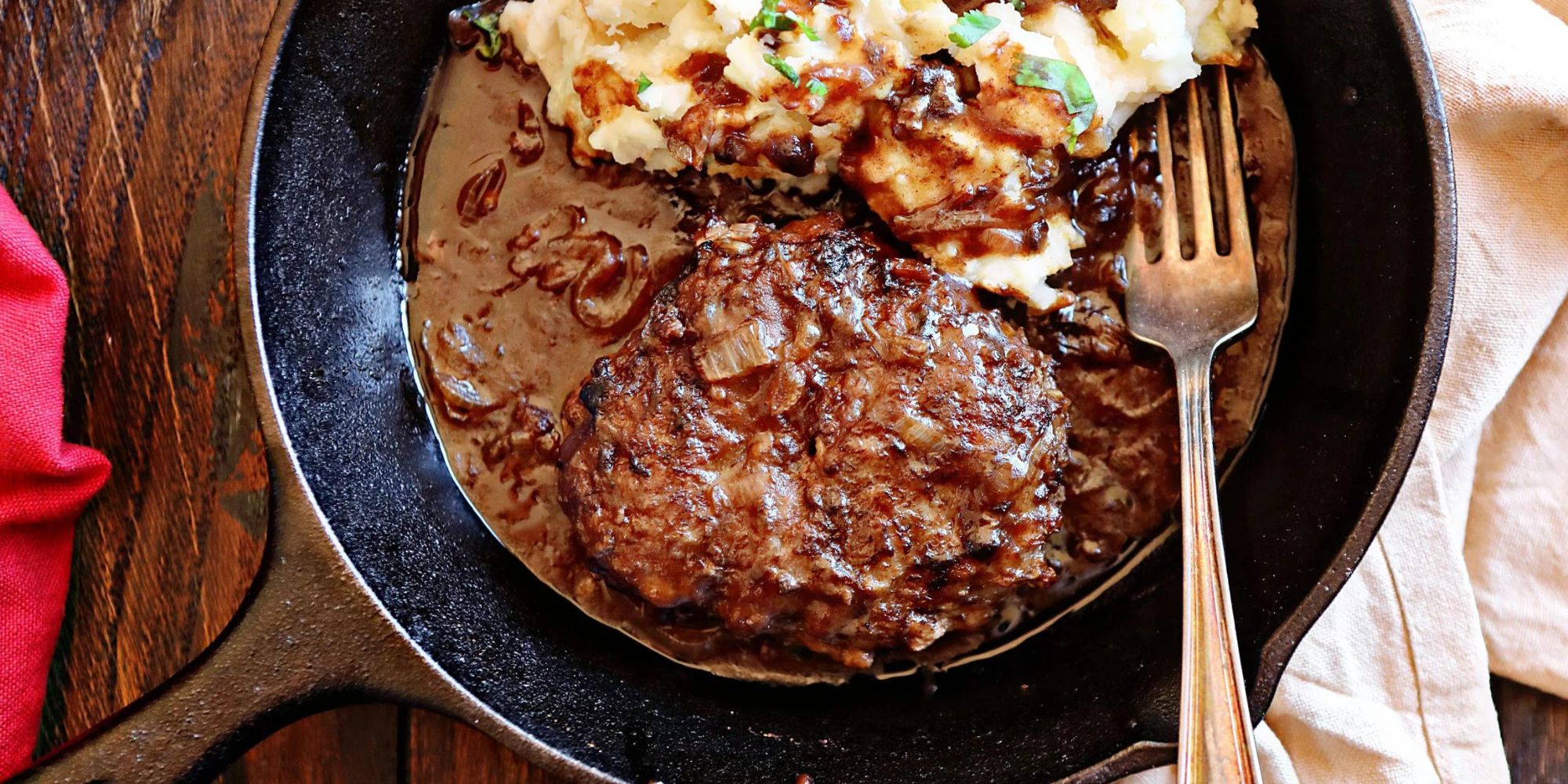Understanding MSG in Food
MSG, or monosodium glutamate, is a flavor enhancer commonly used in many processed and restaurant foods. It is a sodium salt of glutamic acid, an amino acid found naturally in foods such as tomatoes and cheese. MSG is known for its ability to enhance the savory taste of food, often referred to as umami.
What Does MSG Do to Food?
When added to food, MSG works to enhance the natural flavors present in the dish. It does not have a specific taste of its own but rather acts to intensify the savory, meaty, and rich flavors in the food. This is why it is commonly used in dishes such as soups, stews, and savory snacks.
Is MSG Safe to Consume?
There has been some controversy surrounding the safety of consuming MSG. However, numerous scientific studies and regulatory agencies have deemed MSG safe for consumption when used in normal amounts. The Food and Drug Administration (FDA) has classified MSG as a generally recognized as safe (GRAS) substance.
It’s important to note that some individuals may be sensitive to MSG and may experience symptoms such as headache, sweating, and nausea after consuming foods containing MSG. However, these reactions are rare and typically mild.
Where Can MSG Be Found?
MSG is commonly found in a variety of processed foods, including:
- Canned soups and broths
- Processed meats
- Savory snacks
- Instant noodles
- Restaurant dishes
It’s important to check food labels if you are looking to avoid MSG in your diet.
How to Identify MSG on Food Labels
MSG may be listed on food labels under a variety of names, including:
- Monosodium glutamate
- Hydrolyzed vegetable protein
- Yeast extract
- Autolyzed yeast
- Glutamic acid
Being aware of these alternative names can help you identify the presence of MSG in the foods you consume.
Conclusion
MSG is a commonly used flavor enhancer that can be found in many processed and restaurant foods. While it has been the subject of some controversy, scientific evidence supports its safety when consumed in normal amounts. However, individuals who are sensitive to MSG should be mindful of its presence in food and may choose to limit their consumption of foods containing this ingredient.
As with any food ingredient, moderation and awareness are key when it comes to consuming MSG.
Was this page helpful?
Read Next: What Is Peri Peri Chicken
Keith D. Hensley
Some Attention-grabbing Hawaii Details: Paradise On Earth While In The Pacific Ocean Who isn't going to know Hawaii? One of several most preferred tourist destinations in the world incorporates a million wonderful charms. Ranging from unique seashore tours to mountain excursions that are incredibly enchanting. This southernmost point out of the U.s., occupies the vast majority of islands from the central Pacific Ocean, you know, and that is why Hawaii is considered a paradise on this planet inside the Pacific Ocean. In the meantime, if you want some info about Hawaii, you can head over to hawaii-hostel.com promptly. At the rear of the million charms it has, the point out which also receives the nickname "Aloha State" has some fascinating info which can be as well negative to pass up. Listed here are some exciting Hawaii points you will need to know: It is the 2nd Major State of your US Islands within the Pacific Ocean using the money metropolis in Honolulu started to merge into the Usa of The us on August 21, 1959, which is the youngest state while in the U.s. (US). Its sizing covers one,523 miles from Ni'hau Island to the Major Island. It Is made up of 132 Islands and is also the only real Point out Consisting Completely of Islands It's the only point out that belongs into the US that is made up of tiny islands surrounded by ocean. This planet paradise inside the Pacific Ocean is made up of 132 islands, of which 8 main islands are Niihau, Oahu, Maui, Lanai, Kauai, Molokai, Kaho'olawai, plus the Major Island (Hawaiian Island). Apart through the eight Primary Islands, the rest Are Small Uninhabited Islands, Reefs, and Shoals. The largest island in Hawaii may be the Massive Island or also called the Island of Hawaii. Named the large Island in order to avoid confusion with international locations and islands. The region of ??the large Island can arrive at 4,038 sq. miles, you understand. Wow, how broad is not it? Hawaii On a yearly basis Grows Around forty two Hectares Properly, here's among the list of most interesting specifics about Hawaii, which is that each yr its space increases to a lot more than 42 hectares. This occurs because of the action in the Kilauea Volcano which erupts repeatedly. Kilauea Volcano on Pulau Besar continues to be consistently erupting since 1983 and has stopped because the lava was very last energetic in September 2018. The main Condition to Ban Plastic Baggage In 2015, Hawaii grew to become the primary condition inside the U.s. to ban using plastic bags in all rapid food stuff and full-service dining establishments, aiming to cut back squander that will pollute the ocean. When most states during the US have by now banned the usage of plastic foam containers, Hawaii's speed in targeting a plastic bag ban in the least rapid foodstuff and full-service restaurants can make it the main state to refuse plastic luggage.
